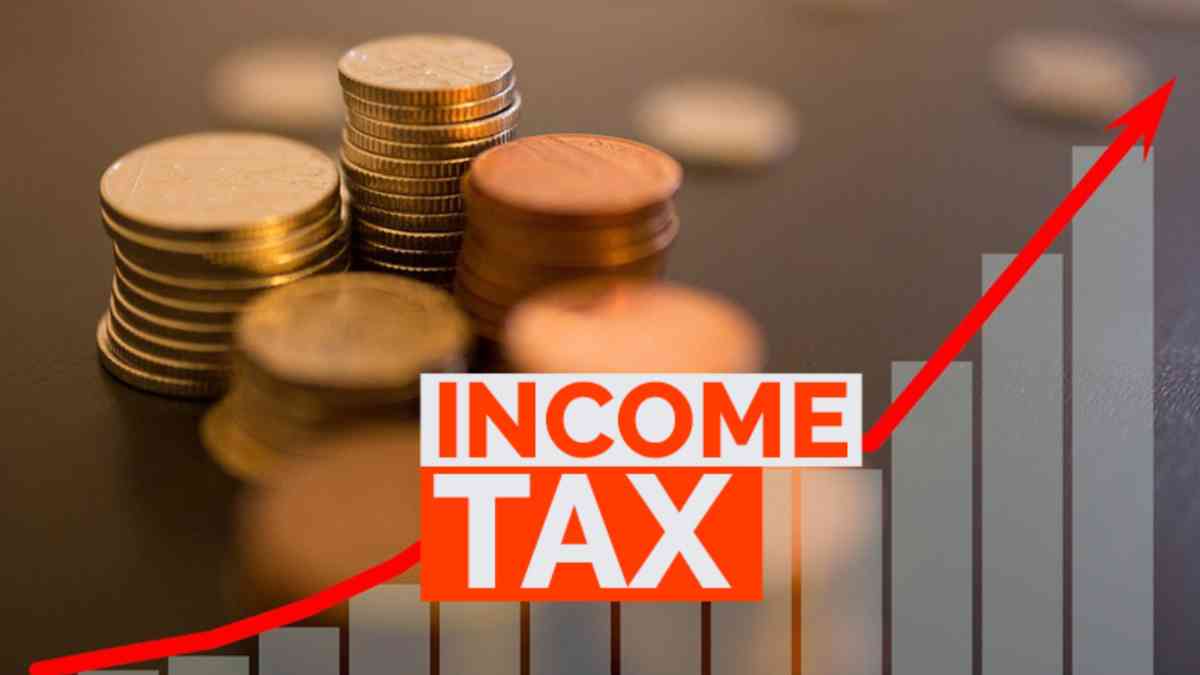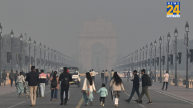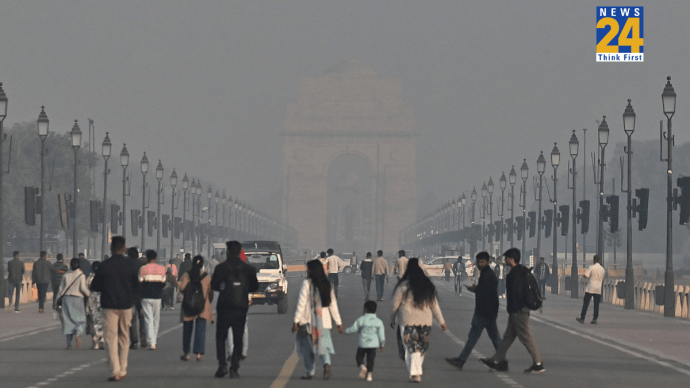Income tax is a mandatory tax that is unavoidable for any salaried individual, as they receive their salary only after the income tax has been deducted. In 2020, the Union Finance Minister, Nirmala Sitharaman, announced a new tax regime for calculating taxes but also retained the old tax regime. Subsequently, in 2023, changes were made to the new tax regime, and now, under Section 87A of the Income Tax Act, individuals with an annual income of ₹7,00,000 or less are eligible for a rebate and do not have to pay any tax. However, under the old tax regime, the rebate under Section 87A is only available to those whose taxable income is less than ₹5,00,000.
In the New Tax Regime, even those earning ₹62,501 will have to pay tax.
Currently, if you earn ₹62,500 every month, your annual income will be ₹7,50,000. Under the new tax regime, after deducting the standard deduction of ₹50,000, your taxable income will be ₹7,00,000. With the rebate under Section 87A of the Income Tax Act, your tax liability will be zero. However, if your income increases by even one rupee, making it ₹62,501 per month, you will have to pay tax according to the tax slab, which will amount to thousands of rupees.
Save Income Tax in the Old Tax Regime by Investing in Specific Items
Now, let’s talk about the old tax regime, where taxpayers living in rented houses can save on specific items and pay zero tax despite earning ₹70,000 monthly, or ₹8,40,000 annually. Let’s break it down.
Also Read: Caught On CCTV: Woman Thrown Off Bus, Rolls On Road During Sharp Turn In Tamil Nadu
Avail HRA Rebate
For those with a monthly income of ₹70,000, their basic salary is typically ₹24,500, and the house rent allowance (HRA) is ₹12,250. If the taxpayer pays ₹15,000 as rent each month, they can avail an HRA rebate on ₹1,47,000 annually.
Save Under Section 80C
In addition to this, a portion of their salary is deducted for the provident fund, usually 12% of the basic salary. In this case, it would be ₹2,940 per month or ₹35,280 annually, which can be tax-exempt under Section 80C of the Income Tax Act. The taxpayer will also need to invest ₹1,14,720 more under Section 80C, which can be done through PPF, Sukanya Samriddhi Account (SSA), children’s tuition fees, life insurance policy premiums, etc. This way, they can avail the maximum exemption of ₹1,50,000 under Section 80C.
Taxable Income Will Be Less Than ₹5,00,000
Now, having availed the HRA rebate of ₹1,47,000 and the ₹1,50,000 exemption under Section 80C, if this person files their income tax return under the old tax regime, they will also get the standard deduction of ₹50,000. This means the total deductions will be ₹3,47,000 from their total income, resulting in a taxable income of ₹4,93,000. With the rebate under Section 87A of the Income Tax Act, they will pay zero tax on this income.













